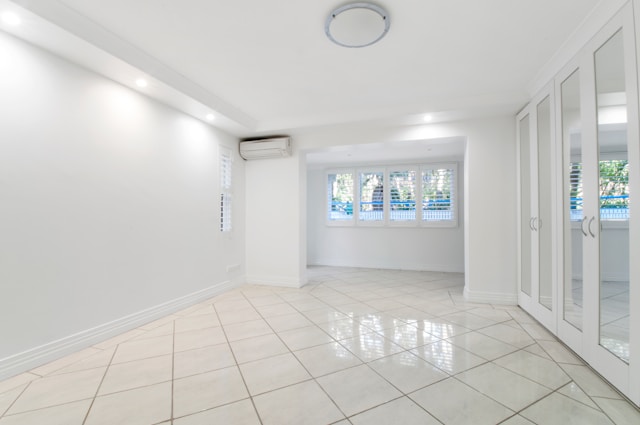Commercial tile flooring is highly durable and can withstand spills, moisture, and stains. This type of flooring can also be quite visually interesting.
When selecting LVT for commercial spaces, it is essential to understand the construction and specifications of the product. Visuals, size offerings, and surface texture (embossing) are all variables to consider.
Style
Commercial tile flooring Manhattan NY, offers a range of design styles. From sleek and modern to classic and timeless, the options are endless. It’s essential to consider color, pattern, shape, and texture when selecting your commercial flooring.
The style of your floor is the first impression guests will have when they enter your business. Creating an eye-catching, refined, and inviting look can make all the difference for your customers.
Whether you’re bringing the natural beauty of wood or the classic feel of stone into your space, commercial tile is an easy way to get these design trends to life in your project. Look for options like Mannington Commercial’s Choice Layout designs, which offer installation ideas with running line sizes that don’t require an upcharge or minimums to achieve the look you want without all the custom work! A visualizer tool is also helpful when selecting your color and pattern. This will help you see the color of a large floor area.
Installation
In commercial flooring, tiles are one of the most popular choices. They provide a sleek, modern appearance to lobbies, restaurants, and other business spaces. However, it’s essential to understand the maintenance required for these floors. The proper techniques and cleaning supplies can help you extend the lifespan of your tile floors and keep them looking brand-new for as long as possible.
To get started, make a scale plan of your floorspace on 1/4-in. Graph paper (Photo 1). This will help you determine how much tile to order, especially if you install a border around the room.
Next, you must choose a grout color that will complement your floor. This step is critical, as the grout will hide dirt, salt solutions, and other contaminants on your floor tiles. Also, choosing the right color can help prevent chips or scratches on your tile. For example, a light gray grout will hide dirt and stains better than a darker shade.
Maintenance
Tile flooring is one of the longest-lasting flooring types in commercial spaces. It is incredibly resilient to wear and tear in heavily crowded areas, can be easily replaced, and withstands moisture and stains without compromising its beauty.
Cleaning commercial tile floors is relatively straightforward for janitorial professionals and facility managers. Before the cleaning begins, a thorough sweep or vacuuming should be completed to eliminate larger debris and dirt. Then, the floors should be soaked with warm water and a neutral cleaner. Afterward, the floors should be dried quickly to prevent water spots and help the tiles last longer.
It is essential for facilities to keep their tile floors clean to extend their lifespan and ward off costly repairs. If a tile floor is neglected, it can develop cracks and even become slippery. A regular sweeping, mopping, and drying schedule should be followed to avoid this. This will keep the tile looking beautiful and ensure the safety of all customers, employees, and visitors.
Durability
When selecting tile for a commercial space, durability is a must. These spaces experience much higher volumes of foot traffic than a residential home, as well as additional wear and tear from equipment and rolling carts.
Choosing a premium tile will ensure the flooring meets these demands over time. This is especially important in areas like a retail shopping space or a restaurant and bar, where you can expect high daily activity levels.
Ceramic tiles are an excellent choice for these areas, as they offer a wide selection of colors and styles to complement your design aesthetic. Pair brick wall tiles with wood-look porcelain floor tiles for a more rustic look. Both are durable and easy to clean, resisting stains and scratches. When evaluating the durability of your tile, ask about its PEI rating, which is used to classify tiles on a scale of one to five for their hardness and density.




